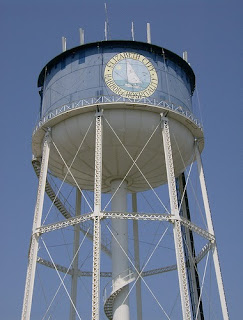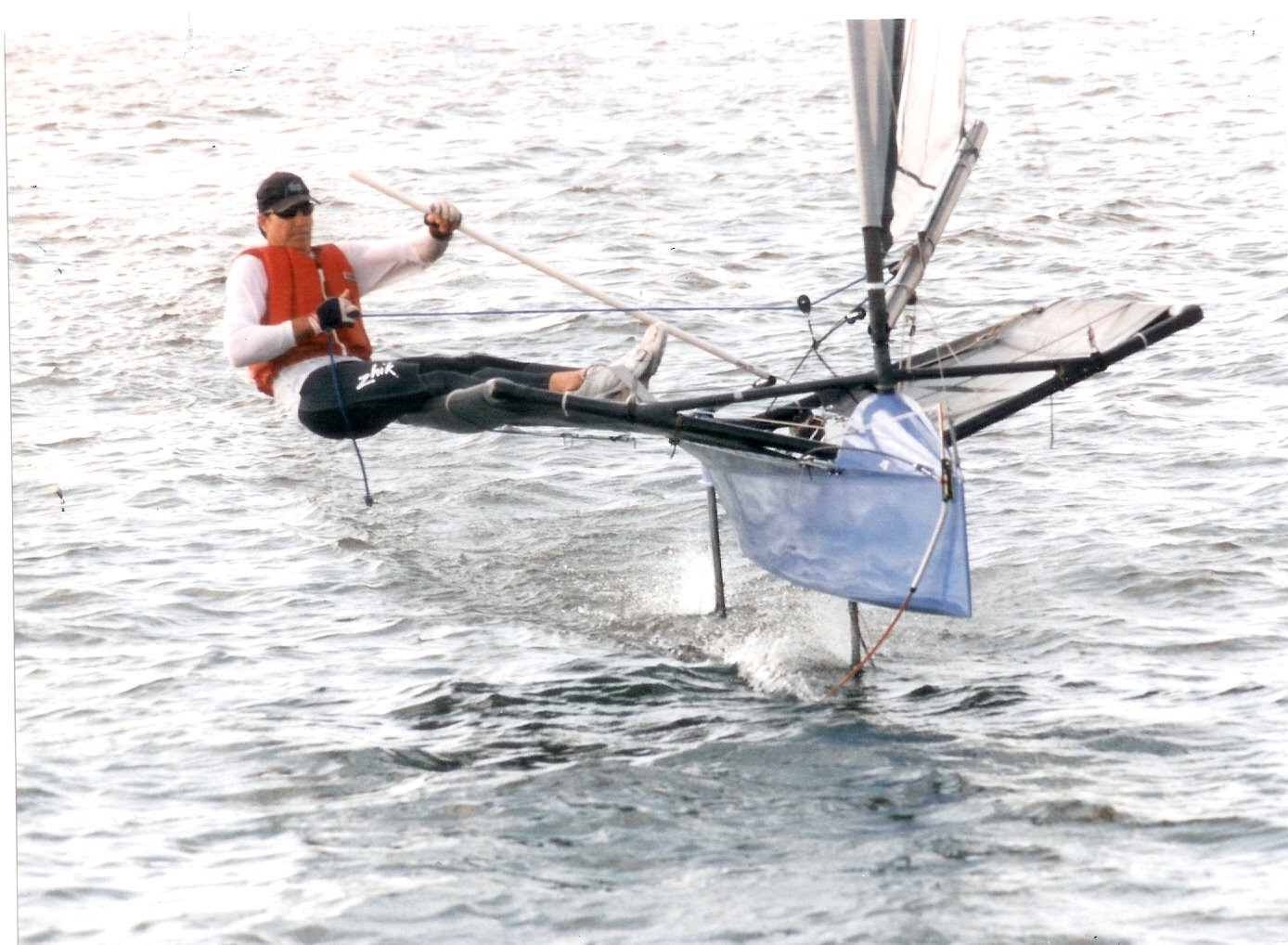A re-run from a couple of years ago:
But with wings, water, seafood, and bike riding, the video seems to fit. And, yes, I ratcheted up my age on my profile on the Yahoo! Groups site by one more notch.
So to celebrate my 215th post and my 56th year I'll crank up Jimmy B. and have another cold one.
Again, from Buffett's album License to Chill (2004).
Trip around the Sun, lyrics by Sharon Vaughn, Al Anderson, and Stephen Bruton
Sung by Jimmy Buffett (with Martina McBride)
Hear 'em singing Happy Birthday
Better think about the wish I made
This year gone by ain't been a piece of cake
Every day's a revolution
Pull it together and it comes undone
Just one more candle and a trip around the sun
Chorus:
I'm just hanging on while this old world keeps spinning
And it's good to know it's out of my control
If there's one thing that I've learned from all this living
Is that it wouldn't change a thing if I let go
No, you never see it coming
Always wind up wondering where it went
Only time will tell if it was time well spent
It's another revelation
Celebrating what I should have done
With these souvenirs of my trip around the sun
(Chorus)
Yes, I'll make a resolution
That I'll never make another one
Just enjoy this ride on my trip around the sun
Just enjoy this ride ...
Until it's done














.jpg)




































